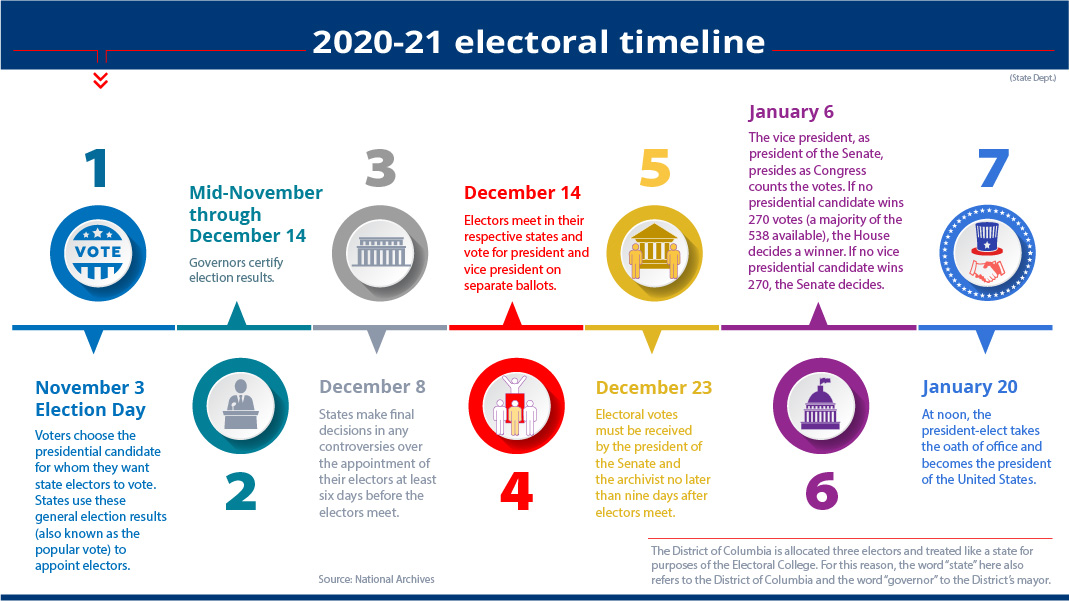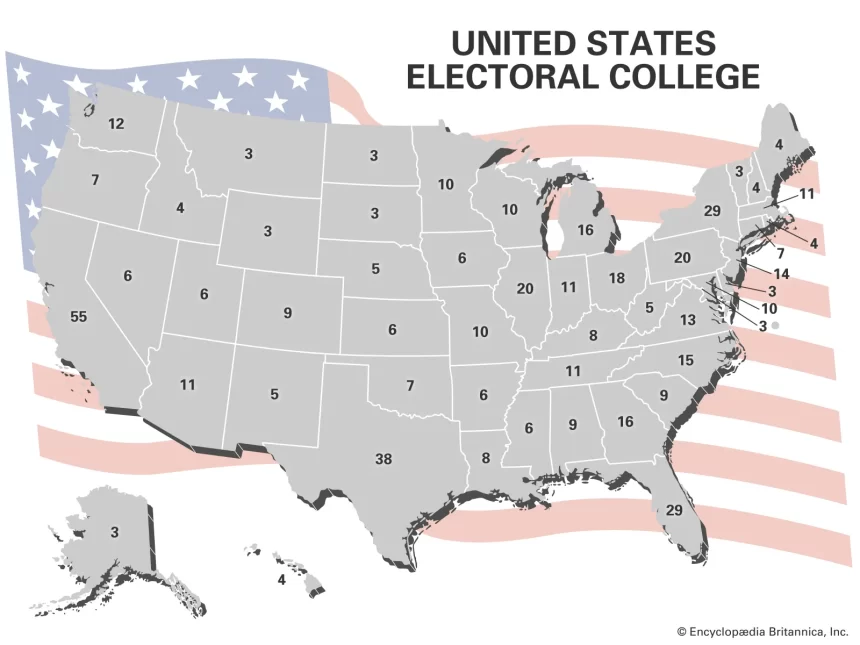T0day voters across the U.S. head to the polls in a tradition dating back to the country’s agrarian roots, casting ballots in what feels like a direct vote for president. But the journey to the White House is more complex, involving a network of electoral votes cast by appointed electors. This system, called the Electoral College, shapes the outcome of the 2024 election as it has for over two centuries yet many Americans wonder if it still serves its intended purpose or if it’s time for a change.

The Electoral College is not a place but a process in which 538 appointed electors cast their votes based on the general election results in each state. Established as a balance between a direct popular vote and a Congressional decision, the system was designed to ensure that both densely populated and rural areas have influence. Each state receives electors based on its Congressional representation, plus two for its Senate seats, creating a dynamic where swing states like Pennsylvania, Georgia, and Arizona hold outsized power in deciding the winner.
In the 2024 election cycle, key dates mark each stage. Americans vote for electors aligned with their chosen presidential candidate. By December 17, state executives appoint these electors, who then meet to cast official votes for the presidency. Congress counts these votes on January 6, 2025, formally declaring the winner. This tradition culminates on Inauguration Day, January 20, when the President-elect takes the oath of office.
Many Americans debate the Electoral College’s role, with some arguing it amplifies smaller states’ voices and others seeing it as an outdated compromise that dilutes the principle of “one person, one vote.” Yet as the nation approaches another presidential transition, the Electoral College remains, its relevance in modern democracy as debated as ever.








